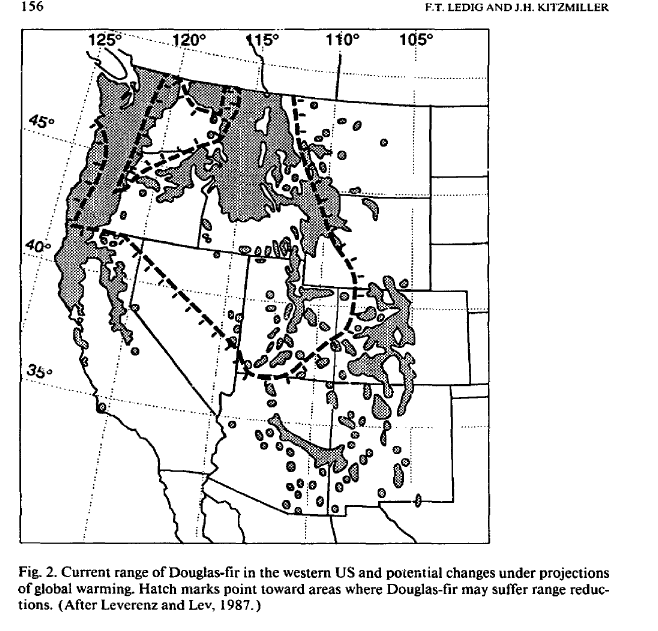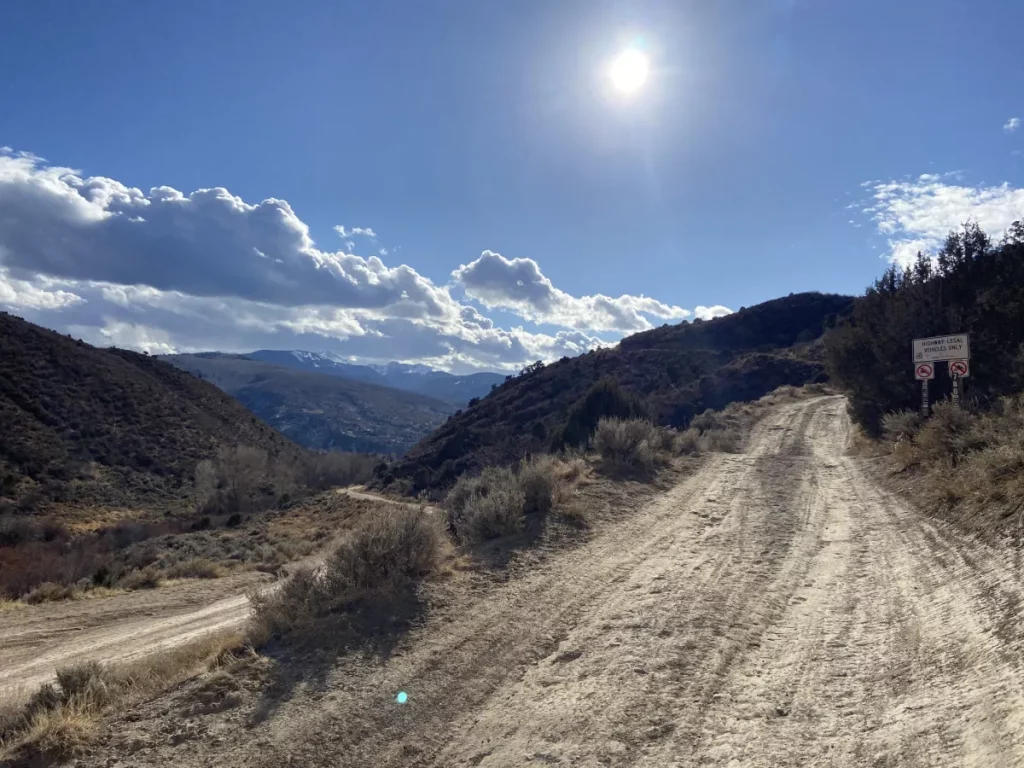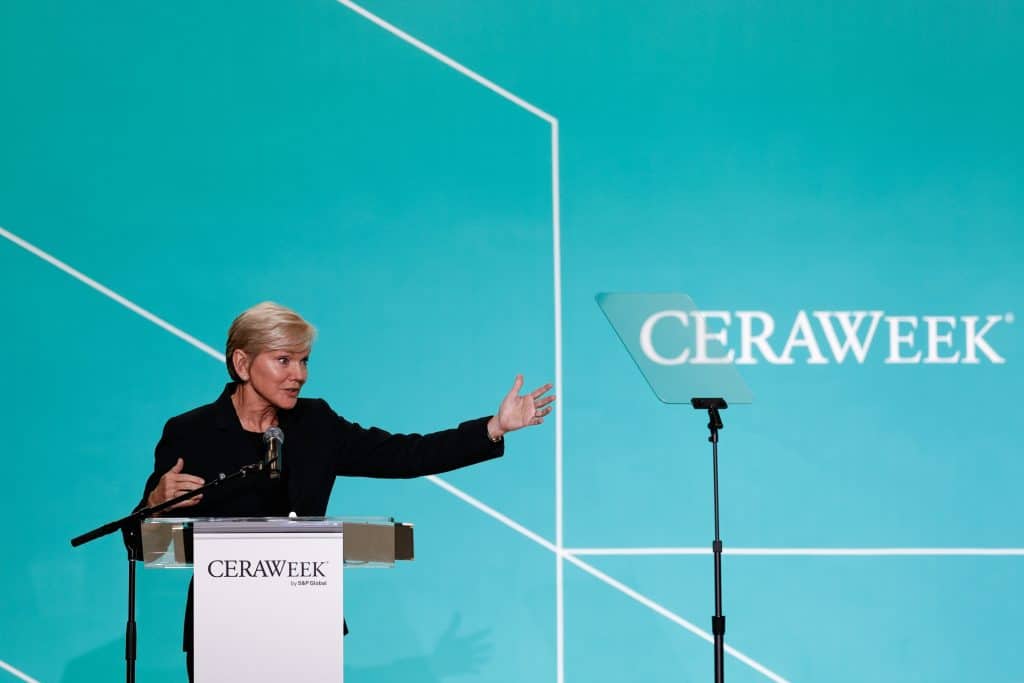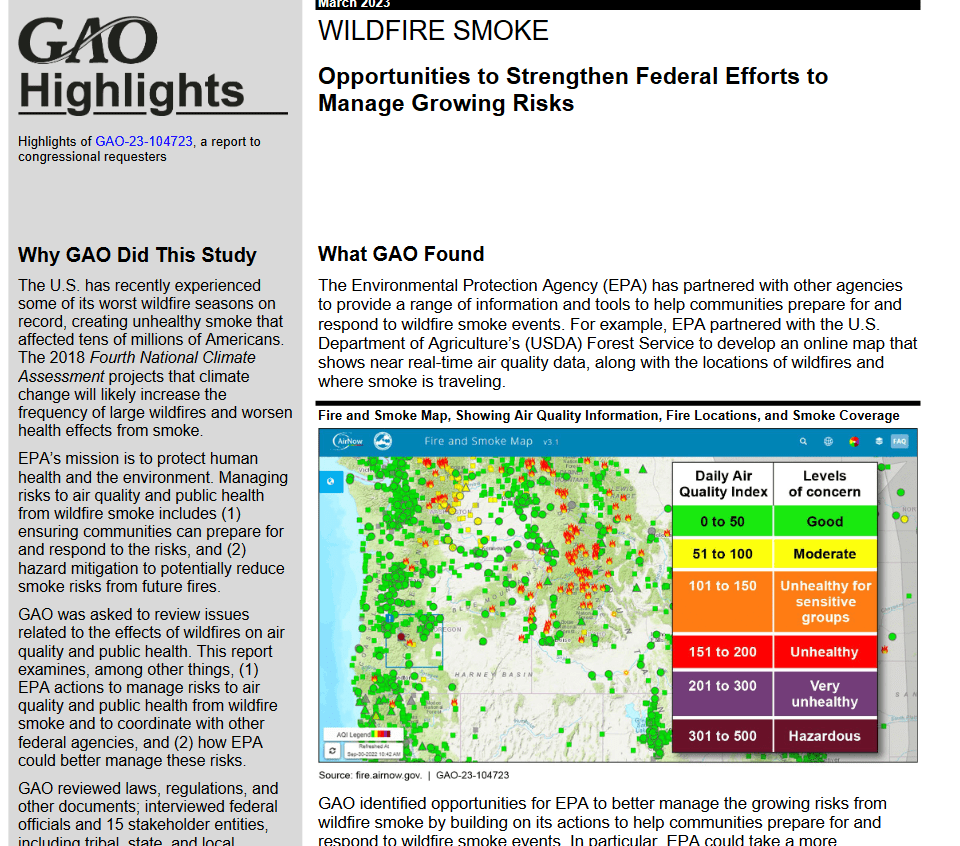
Here’s an article in Mongabay, which attempts to explain this very complicated article in Nature.
- Landscapes are showing signs of losing their ability to absorb the amount of carbon they once could, a new study revealed. That would pose serious obstacles to the fight against climate change.
- The study reviewed the productivity of carbon storage of different ecosystems between 1981 and 2018, finding that many fluctuated greatly and were at risk of turning into permanent scrubland.
- Researchers identified a concerning “spiraling” effect, in which landscapes absorb less carbon that in turn worsens climate change, which then destabilizes additional landscapes and puts them at higher risk of turning into scrubland.
One reason for this, the researchers said, is that landscapes have a “memory” of which years had high carbon storage and which were low. Low years are more likely to be followed by additional low years, meaning that as carbon storage potential diminishes, a landscape is more likely to permanently become scrubland.
The phenomenon can be thought of as a “spiraling” effect, researchers said, in which landscapes absorb less carbon that in turn worsens climate change, which then destabilizes additional landscapes and puts them at higher risk of turning into scrubland.
“If we destabilize the carbon net uptake, that will destabilize climate even more,” said lead author Marcos Fernández, researcher at the Center for Ecological Research and Forestry Applications (CREAF). “It’s like a positive feedback loop. As you destabilize the carbon balance, then the climate becomes more unstable, as well.”
The most-affected regions include the Mediterranean Basin, South and Central Asia, East Africa and the west coasts of North and Central America. More specifically, mapping suggests that Kenya, India, Pakistan, Russia, Kyrgyzstan and Iraq are losing their ability to store carbon while in the Americas, it’s the Northern Triangle, Mexico and the west coast of the United States that are the most affected.
*************
“For the first time, we’ve demonstrated that for certain regions of the world, the land might be reaching a tipping point in terms of its ability to host significantly forested land and absorb significant amounts of carbon,” said co-author Patrick McGuire, a staff meteorologist at the University of Reading and the National Centre for Atmospheric Science in the UK.
****
“We need to take care of our land better and not let all the trees get cut down and converted to cropland,” McGuire said. “Trees can hold a lot more carbon than crops or grasslands.”
**********************
The question is “how did the authors come to that conclusion?” The article was fortunately published with a sharing token from Mongabay, so perhaps you can access it. Sadly I can’t copy the paragraphs that describe the authors’ thinking. but it’s something like if we measure variability in carbon uptake from year to year that might mean “ecosystems” are in trouble. They talk about Net Biome Production or NBP.
We can access and copy the peer reviewers comments, though, and they explain perhaps better.. .
Fernandez-Martinez et al. take an interesting and novel approach by analysing changes in the interannual variability and autocorrelation of NBP to infer potential early warning signals for a “destabilization” of the terrestrial carbon sink.
Now it could be that internannual variation of NBP might be early warning signals for “destabilization” but first we’d have to define what destabilization means.. and some of us might want to see some evidence that points in that direction. I don’t think there is any evidence of a link, just conjecture that there might be with calculations using data from Cams and Carboscope.
Anyway, it appears that CAMS and Carboscope are estimates of carbon in the atmosphere. TRENDY appears to be a vegetation simulation.
My take: they took two models at the global level for veg and atmospheric carbon. They used a term “destabilization” without making clear exactly what they meant. And concluded that trees could die.
What is interesting about these kinds of papers is that they take datasets of unknown quality, define things without understanding or describing mechanisms, and then.. ask for monitoring to see if the results mean anything in the real world.
Last sentence of the paper..
Hence, regions showing increased variability and autocorrelations should be monitored in detail to properly understand the mechanisms and consequences behind these changes given that increasing variability and autocorrelation have been shown to act as early-warning signals preceding abrupt phase transitions in simulations of ecosystem functioning.
(so far observations in the “real world” have not entered in.
Here’s my fave:
Given the main role of climate change as a driver of these changes in their temporal behavior, mitigating climate change is needed to prevent further unforeseen changes in land C sinks.
I think you could probably say that without all this data. Here’s my take:
-Climate change affects trees (among other things)
-Trees sequester and store carbon
-With climate change, tree species may slow down growth or may be unable to live, and be replaced by shrubs or grass or desert.
-And we don’t know exactly what will happen one way or the other- nor can we really, because trees and forest ecosystems are so complex.
-Nevertheless, mitigating climate change is a good idea.
There.. was that so hard?
If we thought western mesic forests were in danger, perhaps we could look for signs that those trees were in serious trouble. What signs would those be?





